Hi, my name is James and welcome to Code/Switch where today we’ll be going to Hell and beyond. Fiends are numerous in Pathfinder, so much so that you can’t even talk an evening stroll through the Abyss without being skewered on a pike. Well, now that you’re on a pike you have time to reflect on your decision as well as try to figure out what kind of fiend has you in its clutches. There are 10 types of Fiends that stalk the more evil places in the Outer Sphere, each with its own origin, construction, and goal. Knowing which Fiend you’re facing may be the difference between a decade and a century in writhing agony, so let’s get learning!
In Pathfinder, you usually start in a tavern or prison and have all sorts of fun causing ruckus while making a few friends along the way. Your “adventure” probably takes place on the planet of Golarion, the Earth of the Golarion setting. Most (but not all!) of your Fiends aren’t from Golarion, but from another plane of existence. A plane is kind of like a planet in that it’s a physical place that you can go, a plane is different from a planet in that its immensely large and you can’t just walk into it. To get to a plane, some magical shenanigans have to happen and even if they do, sometimes it’s not your physical form that goes, but just your soul. It’s not confusing at all.
The three planes you should avoid if you want to stay safe from the claws of Fiends are Abaddon, The Abyss, and Hell. Abaddon is an apocalyptic wasteland covered in cold, black fog. Its most stunning pieces of architecture are the citadels of the Four Horsemen of the Apocalypse. Divs and Daemons hail from Abaddon. The Abyss is primordial evil and chaos incarnate, and it has a countless amount of “zones” which take the form desired by their ruler. You may have a snow-capped mountain surrounded by tundra adjacent to a dank, swampy morass. All of these zones are connected to the River Styx, linking them all together. Demons, Qlippoth, and Demodands hail from The Abyss. Lastly, Hell. (Don’t tell Asmodeous I said that.) Hell is unique in that it was created by one god and is currently ruled by that god, Asmodeous. The entire realm is made with the purpose of manipulating the wills of souls to the final goal of helping Asmodeous achieve perfect order. Devils are native to Hell, as are the Kytons who fled to the Plane of Shadow. Asura aren’t native to Hell, but are found in their greatest number there. Besides the Plane of Shadow and its resident Kytons, the remaining Fiends; Oni and Rakshasa are both of the Material Plane (Earth!).
Geography class over! Now we’ll get into each type of fiend a bit and talk about some of their characteristic in Pathfinder and any connections they have to Fiends in the real world.
Divs
Divs are the descendants of the first corrupted genies banished to Abbadon. Angered by what they felt was a lack of gratitude for their immense power from short-lived mortal races. Divs seek to ruin all things created by mortals, who they see as ungrateful and overly-prideful. Divs enjoy manipulating mortals into collapsing their own achievements. Divs are lead by Ahriman, the lord of all Divs.
Daevas are the Earthly equivalents for Divs. That’s Daevas with an “aeva”, and unrelated to Vedic Devas. Daevas were written about in The Gathas, texts of the Zoroastrian religion. They are first mentioned as beings of worship who while benevolent are unable to tell truth from lie. As they’re mentioned later in the Gathas and in later texts they become evil, spiteful deities. Daevas are even said to be created by the destructive spirit called Angra Mainyu, later called Ahriman.
Daemons
Daemons form from the souls of evil mortals who die splatter-rific deaths. This embitters its sufferers to grow in power and lash out against the thing that lead to their death in the first place, life. Daemons seek to collect and feast on the souls of every mortal, ending all life itself. Daemons are not centralized by law like the Devils of Hell and they aren’t unified by reveling in destruction the way Demons are. Daemons work at their own cruel pace. Daemons tend to spread terror and take souls using the same methods that took their own lives. One may try and spread a virulent contagion while another may try to strangle lovers.
In Greek mythology a Daemon was a type of spirit. Eudaemon were separated into 2 catagories; Daemons being good, and cacodaemons being its opposite. Eudaemon were intermediary spirits between gods and men, which each Eudaemon having a particular skill or ability. Socrates said he had a Daemon that warned him of threats better than any divinations of the time.
Demons

Your Demon-scientists were so preoccupied with whether or not they could that they didn’t stop to think if they should!
Demons are the manifestation of mortal souls sent to The Abyss. Those souls enter the Abyss and become a fiendish larvae with human faces obscured by gross worm-skin. If you go by what the Book of the Damned, Volume 2: Lord’s of Chaos says, demons were created by a forgotten Horseman of the Apocalypse who fused those gross larvae with The Abyss’s resident Qlippoth. In that moment Demons were created, instantly their population exploded over running the adjacent Plane of Abbadon and besieging the Plane of Hell. The Demon population has since stabilized, but every mortal soul sent to The Abyss creates another Demon. Demons revel in causing pain, suffering, and death on massive scales. Demons tend to take form around a particular sin, like lustful Succubi or proud Coloxus Demons.
Demons appear in Christian mythology as people who’ve fallen to sin, spirits of evil, or beings like angels who succumb to evil. Traditionally however, Demons are evil Angels and just like Angels, Demons are immortal, have a spirit, and are immutable. Demons tend to have one specific knowledge and aren’t omnipotent.
Qlippoth
Qlippoth are the original inhabitants of The Abyss, more ancient than Azlant, older than hell. Qlippoth are born from the fabric of The Abyss itself into forms of pure chaos and malice. Qlippoth despise mortal life, especially humanoids, and seek to hunt them to extinction. They see mortal life as the creators of sin, the very concept empowering their Demonic enemies. Qlippoth seek to reclaim their realm from the near infinite Demonic hordes and scouring all mortal life seems an easier task than attempting a coup. Qlippoth also seek vengeance on Daemons, as it was a Daemon who “taught” The Abyss to cram sinful human souls into Qlippoth forms, creating Demons.
Just as the Qlippoth in Pathfinder are the physical manifestations of a concept, Qlippoth is a concept in the Jewish tradition of Kabbalah. Qlippoth are membranes that surround holiness or divinity. They’re obstacles, things that prevent people from experiencing Gods divinity.
Weren’t those some horrible beings? Thank Professor Billy for his lessons and join me in two weeks when we finish up talking about Fiends. I’ll be covering Kytons, Oni, Rakshasa, Asura, and Demodands! Hurray for nightmares!

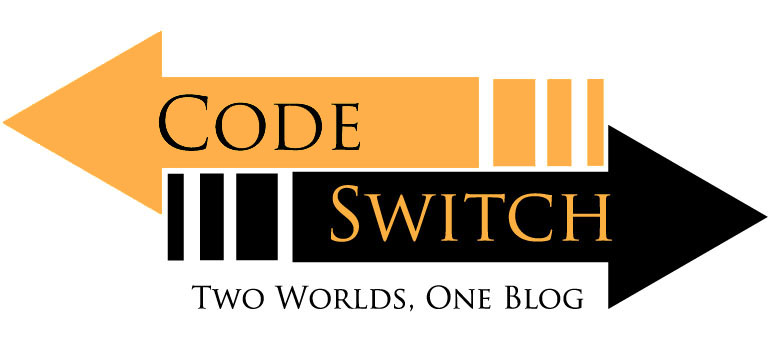

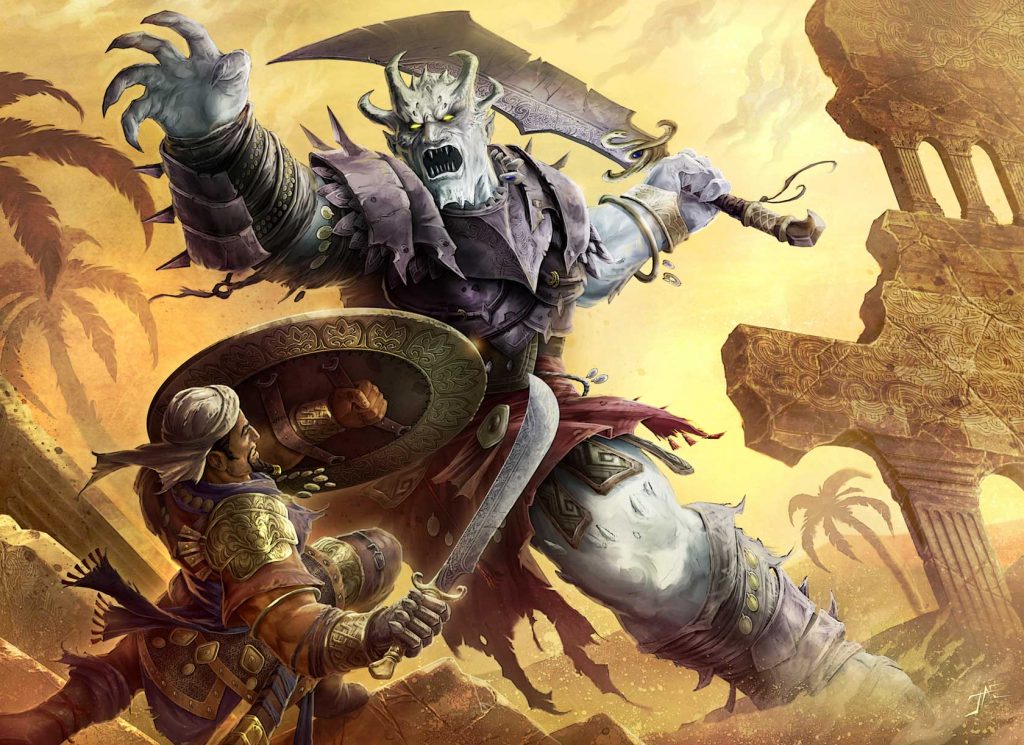
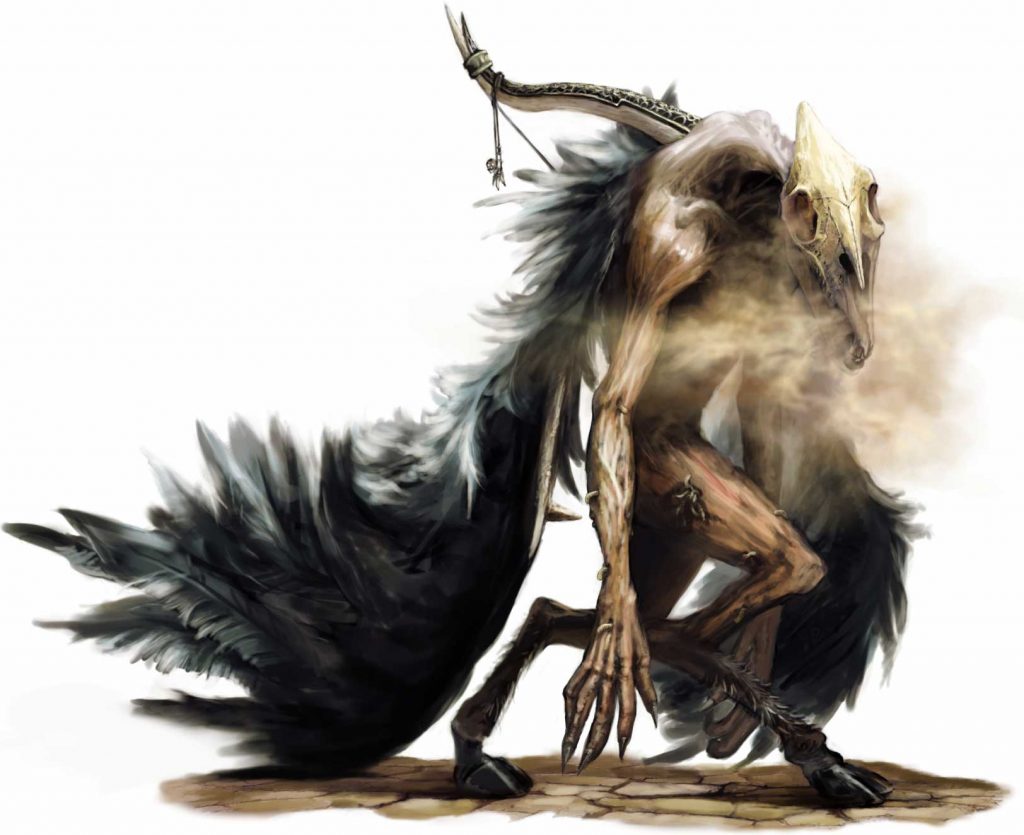
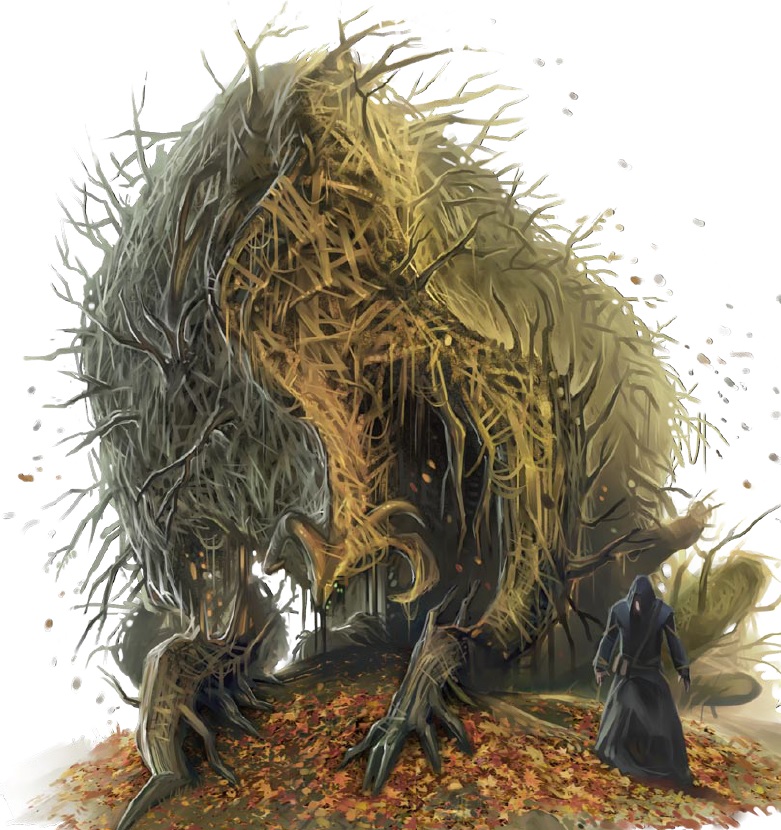
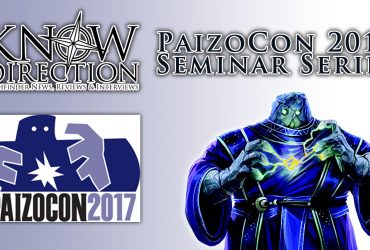

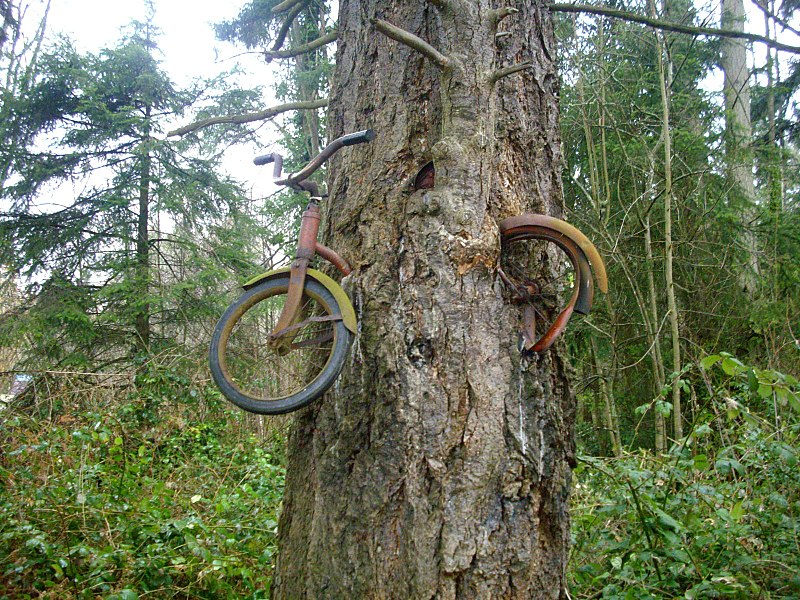

No love for Sahkils? sadface